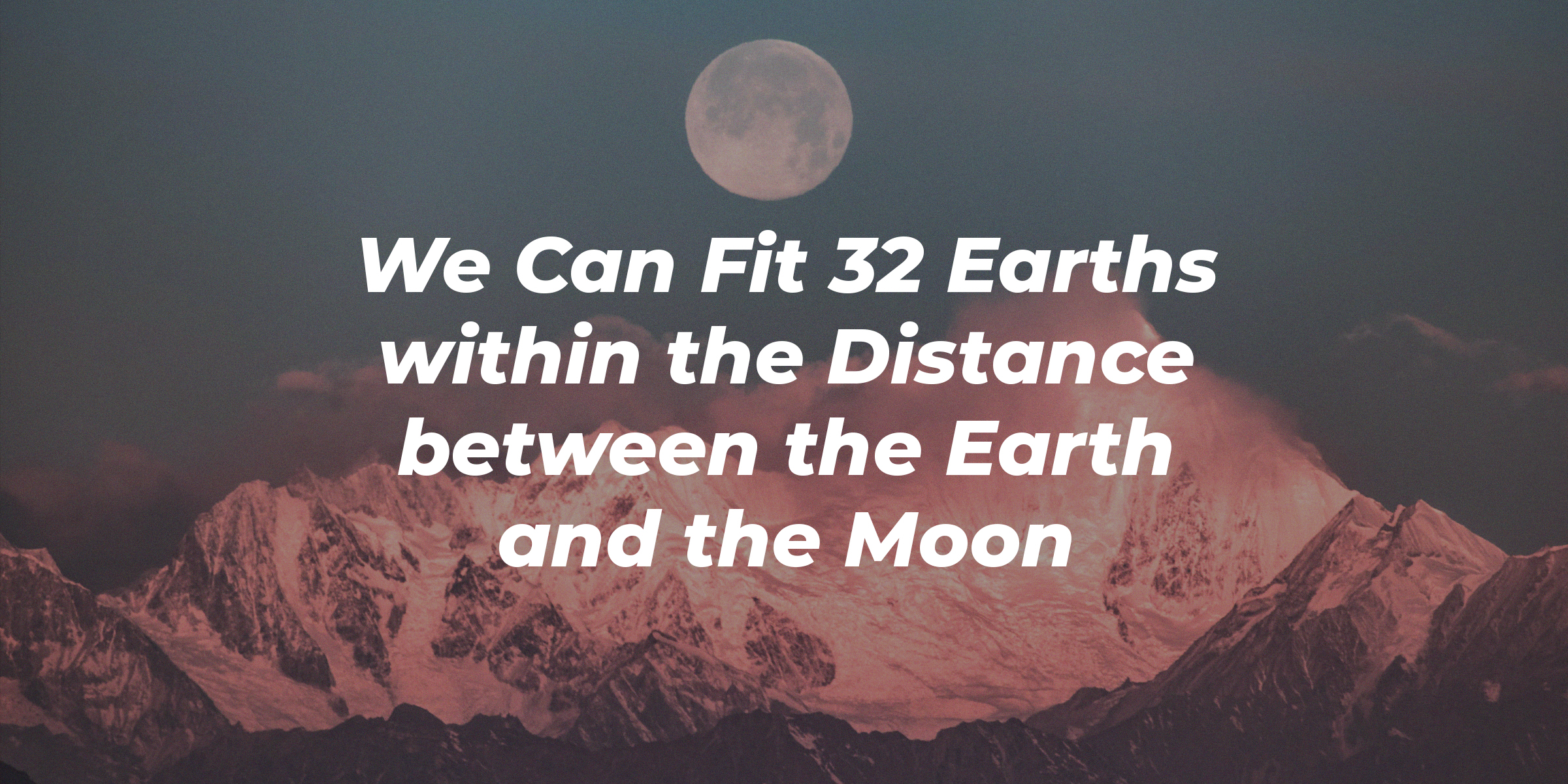
19 Facts about the Moon: Learn More about Our Earth’s Own Satellite
Many of us have become used to the beauty that surrounds us. From the sky to the trees and, of course, the Moon. Find out more about the Moon by reading the 19 facts.
Although we have traveled to the Moon, it remains a mysterious force to humankind, who are insistently curious about how everything works.
Connected to the waves of the ocean, the tides of our emotions, and the howlings of wolves, what more is there to know about this bright rocky mass floating in space?
These 19 facts about the Moon are just the tip of the iceberg:
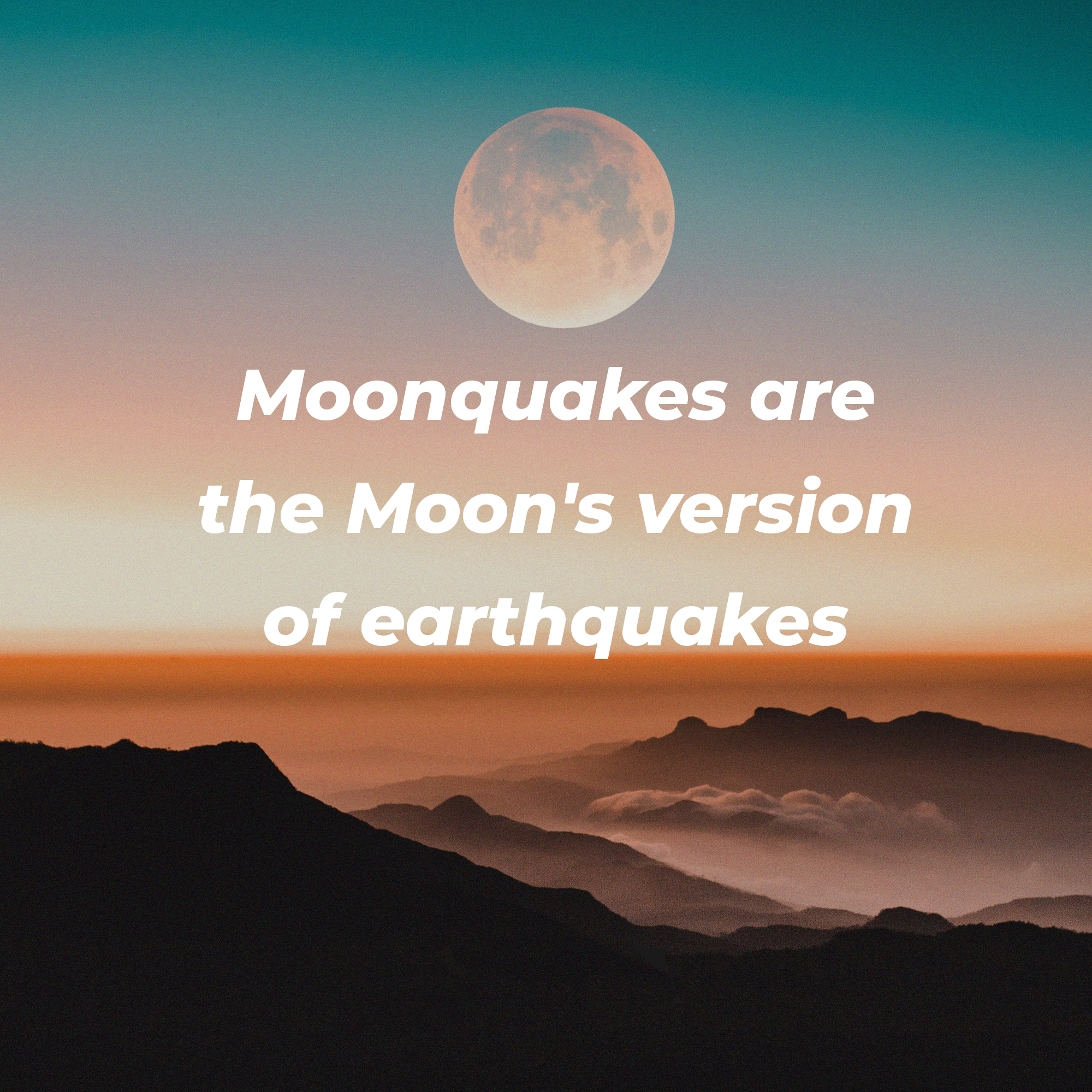
A picture of the moon shining over mountain ranges with overlaid text reading, “Moonquakes are the Moon's versions of earthquakes” | Source: Unsplash
1. Craters on Our Moon Can Help Us Explore the History of Space
The Moon has millions of impact craters that have remained untouched. This means that it is the perfect ground on which to explore what could have happened in the history of space.
2. The Violent Beginnings of the Moon
While scientists are not sure, the most widely held theory is that a massive rock hit the Earth and then another nearby planet. This caused the debris to circle around the Earth and come together to form the Moon.
3. The Moon Was Much Closer to the Earth
Around ten times closer to our planet, the Moon would have appeared much bigger to the naked eye. It continues to move away from our planet by around 4 cm annually.
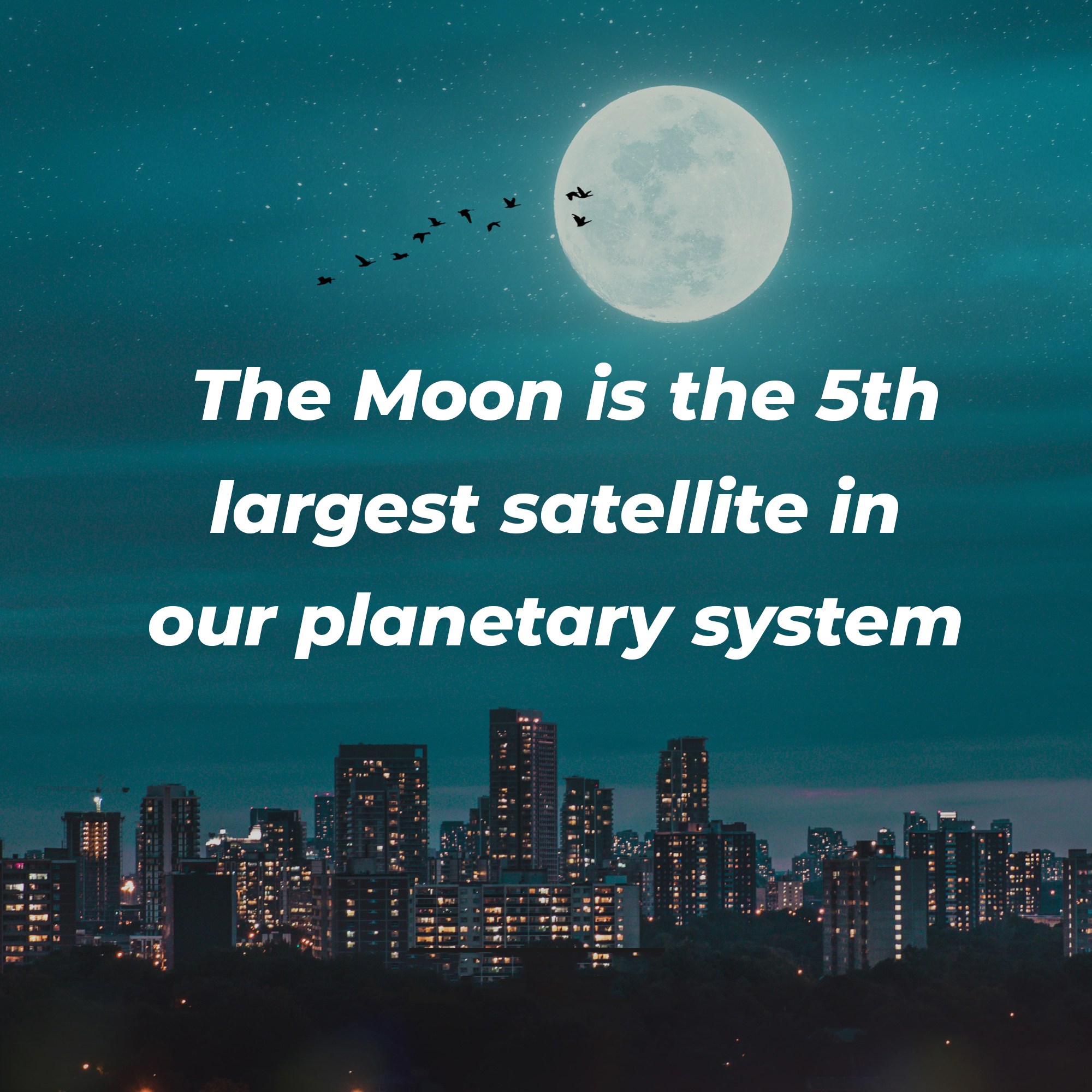
A picture of the moon shining over a city with overlaid text reading, “The Moon is the 5th largest satellite in our planetary system.” | Source: Unsplash
4. There is Water on The Moon
Water has been found on the Moon, and while it's not extensive, it leaves us some hope for humans living there one day.
5. It’s Not Just Tides That the Moon Moves
Many of us know that the Moon is responsible for the sea's tides.
However, it has the same effect on rocks, albeit over a slower period of time, making it much less obvious than ocean tides.
6. The Exciting Phenomena of Moonquakes
Moonquakes are the Moon's version of earthquakes. They don't last long, from a minute or two or sometimes half an hour.
7. The Moon Is One of the Biggest Satellites in Our Planetary System
The Moon is the 5th largest satellite in our planetary system.
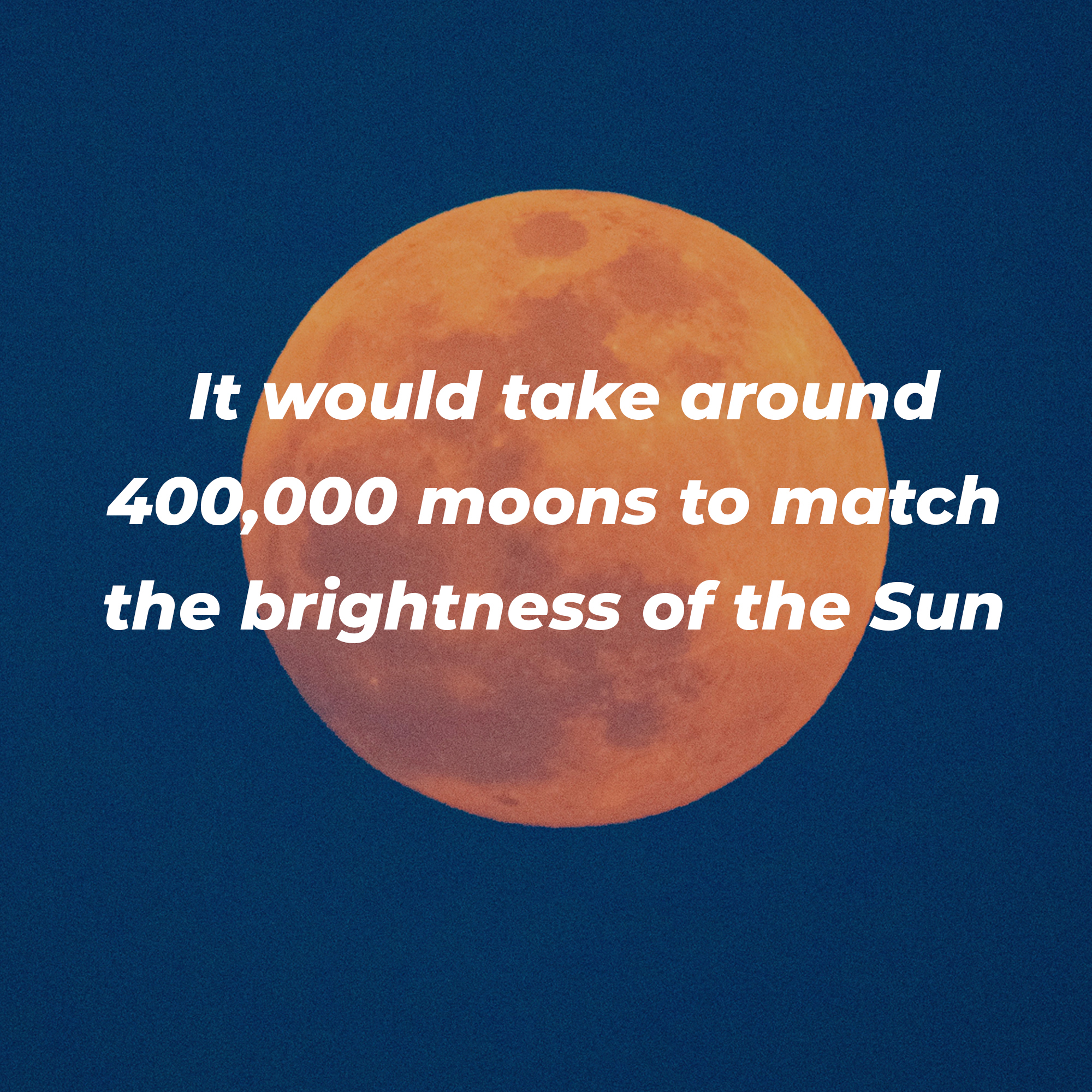
A picture of the moon with overlaid text reading, “It would take around 400,000 moons to match the brightness of the Sun” | Source: Unsplash
8. The "Moonsick" myth
In the middle ages, individuals thought that many strange afflictions from people were because of the full Moon. These included signs of mental illness, seizures, and fever.
9. The 1967 Outer Space Treaty Was Created to Avoid Global Conflict around the Moon
Countries in the United Nations (U.N) signed this treaty in 1967. One agreement is that space exploration is meant to be done in service of all states.
10. We Can Fit 32 Earths within the Distance between the Earth and the Moon
NASA explained that even when the Moon is nearest to us, we could still fit around 28 Earths between the two bodies.
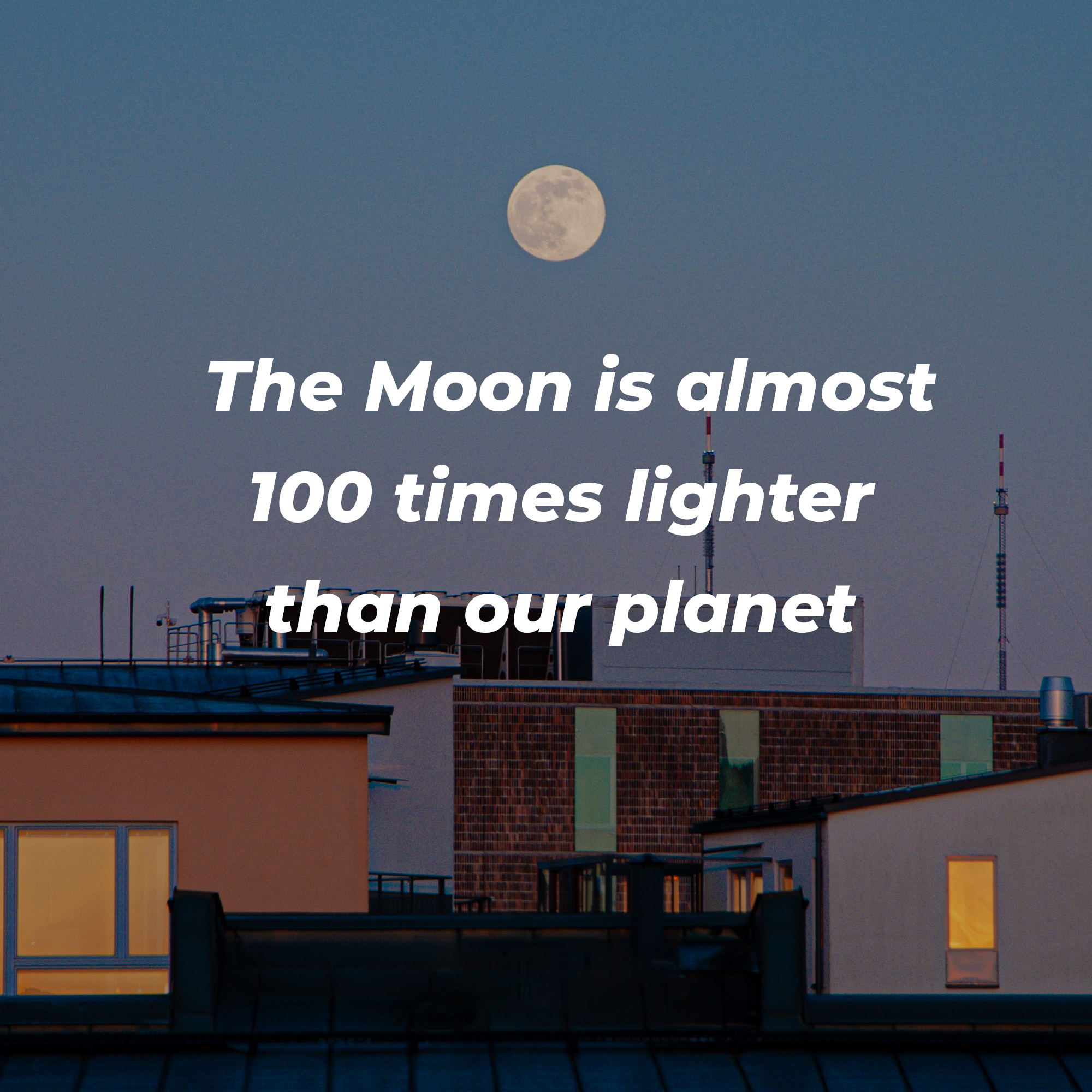
A picture of the moon shining over various buildings with overlaid text reading, “The Moon is almost 100 times lighter than our planet” | Source: Unsplash
11. The Dark Side of the Moon Has Been Explored by China
China made its way to the dark side of the Moon in 2019 via its spacecraft Chang'e-4, and is the only country, so far, to do so.
12. Our Moon Takes 5th Place as the Largest in Our Solar System
There are a whopping 200 moons, out of which ours is fifth, with Ganymede, Jupiter's Moon, coming in at number one.
13. The Moon's Temperature Can span between -387 to 260° Fahrenheit.
The Sun's radiation affects the Moon more because the celestial rock doesn't have an atmosphere. This means temperatures can rise to significant proportions.
14. The Brightness of the Moon is Nowhere near the Suns
It would take around 400,000 moons to match the brightness of the Sun.
15. The Man on the Moon Is Buried on the Moon
In 1998, in memory of the renowned geologist Eugene Shoemaker's ashes were launched onto the Moon's surface via a capsule.
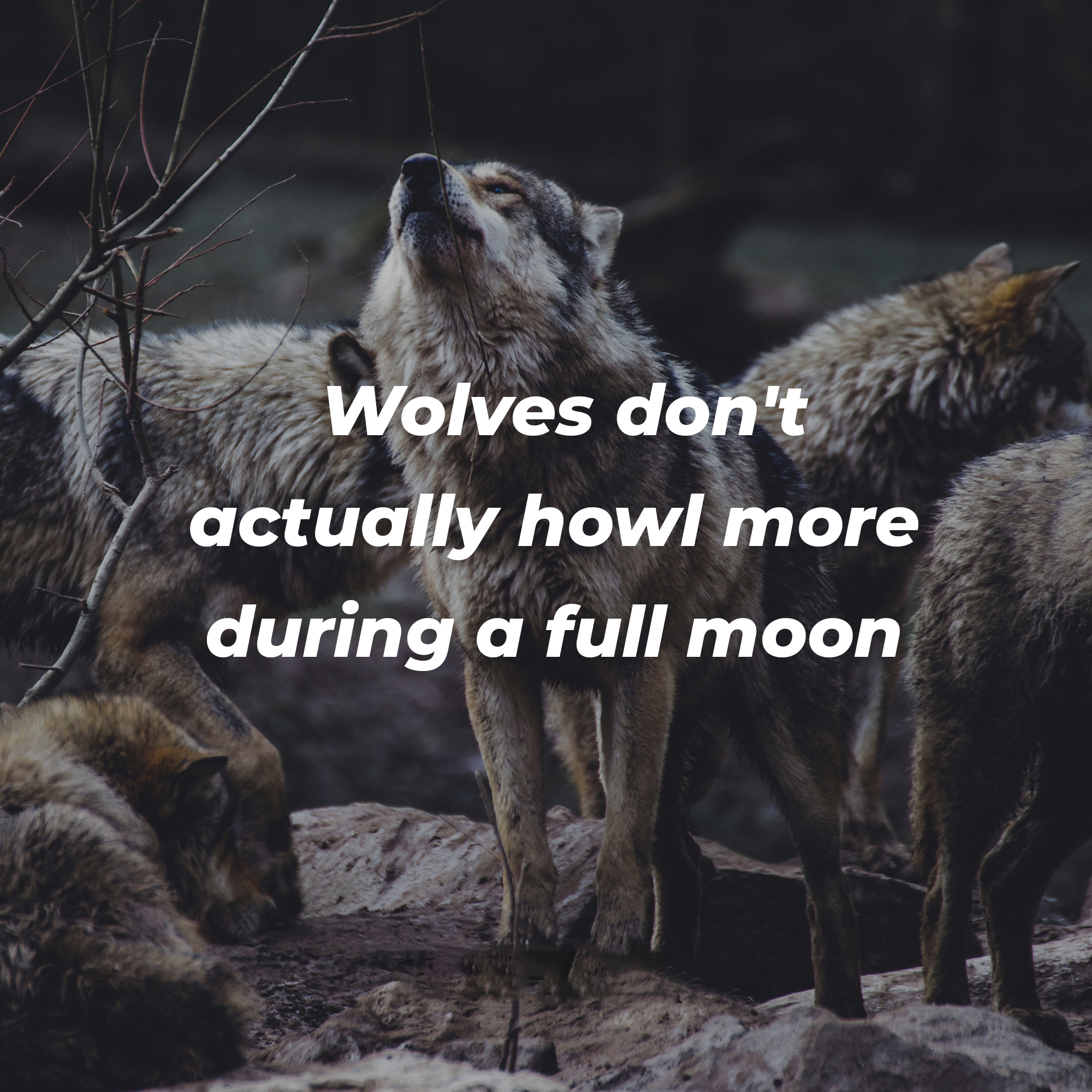
A picture of a pack of wolves with overlaid text reading, “Wolves don’t actually howl more during a full moon” | Source: Unsplash
16. The Blood Moon Isn’t as Eerie as We Think
Despite all the spooky associations, the blood moon is simply an occurrence caused by the Earth reflecting a shadow onto the surface of the Moon. This shadow is a reddish-brown shade.
17. Shadows on Earth Are Lighter Than on the Moon
Light is not dispersed on the Moon the way it is on Earth. This is because of the atmosphere, which makes the shadows darker.
18. Wolves Don't Actually Howl More During a Full Moon
Wolves, according to researchers, do howl at night. However, this frequency does not increase when the Moon is full.
19. The Moon is Almost 100 Times Lighter Than Our Planet
The Moon makes up only around 1 percent of our planet's total mass.
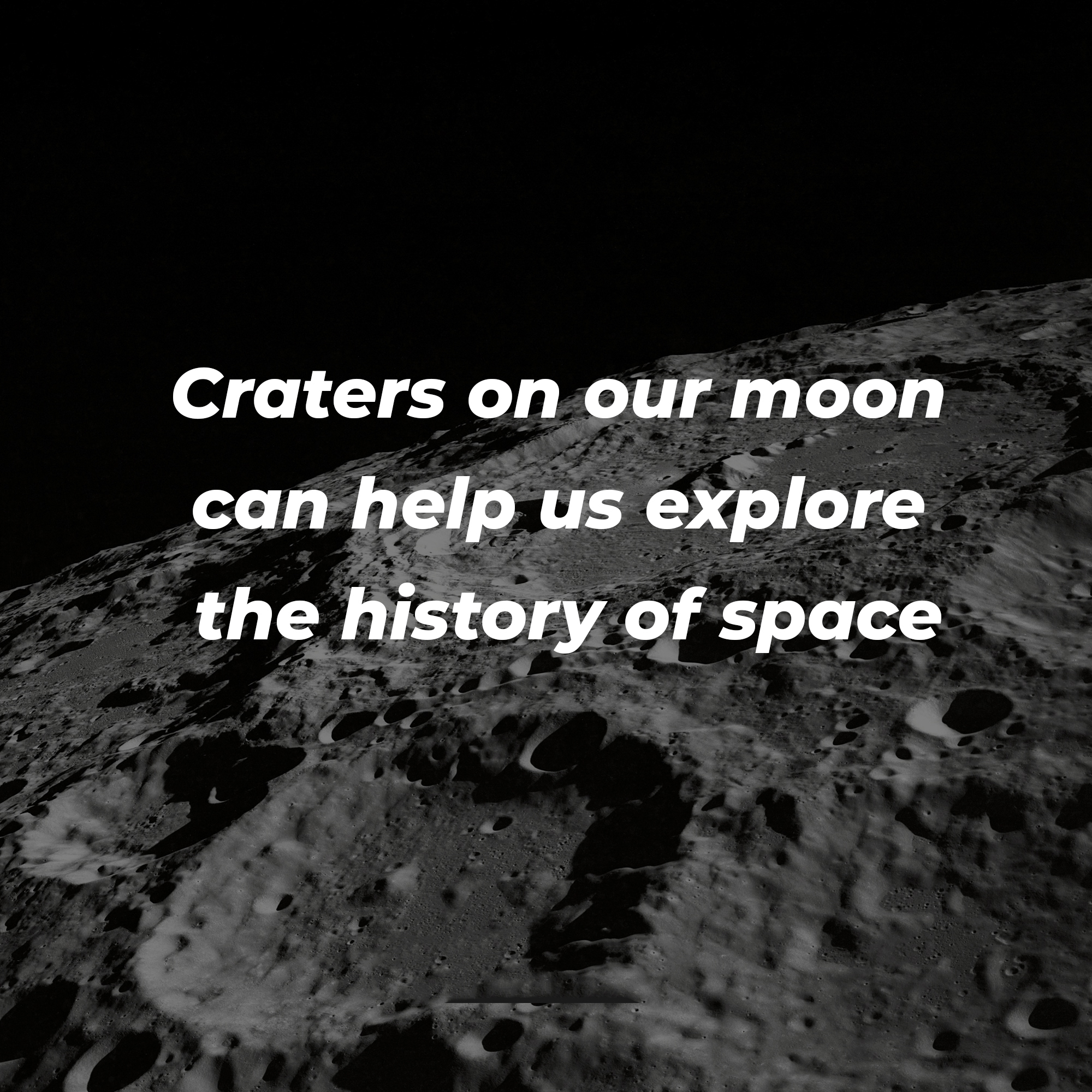
A picture of a pack of moon craters with overlaid text reading, “Craters on Our Moon Can Help Us Explore the History of Space” | Source: Unsplash
Now you know more about the Moon, and what was once so mysterious has become less unknown. And yet, there always remains that grand sense of enigma when it comes to this natural satellite.
